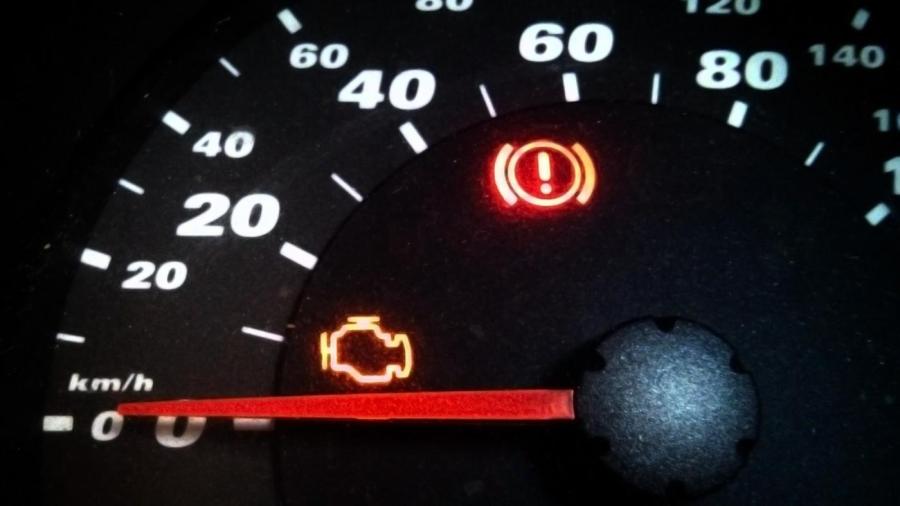What Are the Common Reasons for a Check Engine Light to Come On?

The check engine light illuminates when the onboard computer detects one numerous issues, including problems with an oxygen sensor, mass airflow sensor, gas cap, spark plugs or catalytic converter. Making repairs quickly when the light illuminates prevents the problem from leading to more costly issues later.
The onboard computer depends on oxygen sensors in determining the amount of unburned oxygen in the exhaust. It then makes adjustments to increase the fuel economy. A malfunctioning oxygen sensor can rob a car of up to 40 percent of its normal fuel economy. Continuing to operate the vehicle with a bad sensor fouls spark plugs and damages the catalytic converter.
The gas cap maintains the pressure within the fuel tank and prevents fumes from escaping into the environment. If it is loose, damaged or missing, fuel can evaporate from the tank. Tightening or replacing the fuel cap improves fuel economy.
The MAF sensor measures air entering the engine and the car uses the information to determine the correct amount of fuel for the mix. A bad sensor lowers fuel economy and could damage spark plugs, oxygen sensors and the catalytic converter.
Spark plugs ignite the fuel mix to produce power. Without an ignition source, the car wastes fuel and pollutes the environment.





